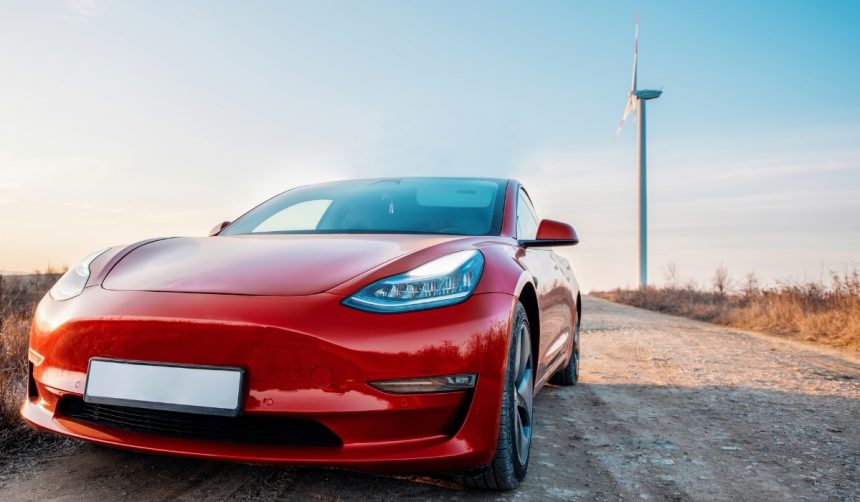Tesla has drawn new attention to its Robotaxi ambitions, with its ride-hailing service now operating in both Austin, Texas, and the San Francisco Bay Area. The brand’s recent moves come as demand for autonomous ride-hailing grows, and cities seek alternatives to traditional transport options in key urban centers. Despite regulatory differences between Texas and California, Tesla’s initiatives address the varying legal and operational landscapes, while providing important signals on how technology companies approach public mobility. Travelers and residents in high-traffic, tourism-driven areas could soon experience a new choice in urban transport, reflecting the shifting dynamics in service delivery as larger technology brands move forward with autonomous vehicles.
Media reports over the last year have closely tracked Tesla’s Robotaxi project, at times noting delays in regulatory approval or technical hurdles that have slowed earlier rollouts. Previous coverage highlighted early experiments limited to single cities or only a small number of participating riders, while Tesla’s current approach involves a larger geographic spread. Where smaller pilot programs were initially outlined, the brand’s growing job postings and increased leadership commentary now indicate a broader and multi-city strategy. Compared to competitors, such as Waymo and Cruise, Tesla’s method combines software updates with ongoing expansion to more U.S. urban centers.
Why Is Tesla Prioritizing Austin and the Bay Area?
Tesla currently delivers its Robotaxi service in two U.S. regions: Austin operates with completely driverless vehicles, while the Bay Area requires a human in the driver’s seat due to state regulations. The California service spans almost 70 miles, covering several major cities such as San Francisco and San Jose. Local law continues to shape Tesla’s deployment strategy, resulting in different operational standards depending on specific regulatory requirements.
What Are Tesla’s Expansion Plans?
Looking beyond its current cities, Tesla signals intentions to enter nine additional U.S. urban centers. Job listings suggest that the company will target locations such as Brooklyn, Houston, Dallas, Tempe, Las Vegas, Tampa, Orlando, and Miami. CEO Elon Musk, speaking on the company’s Q2 2025 earnings call, set an ambitious timeline for wider rollout:
“We will probably have autonomous ride-hailing in probably half the population of the US by the end of the year,”
subject to meeting regulatory needs and safety standards. He reiterated caution despite aggressive growth expectations:
“We are being very cautious. We do not want to take any chances, so we are going to go cautiously.”
Which Cities Could Gain Access Next?
Although Tesla has not officially confirmed the next cities of operation, recent job postings and local hiring patterns hint at likely expansion targets. Several of the cities listed are popular tourist destinations as well as major urban hubs, opening the potential for the service to reach more diverse customer bases. The selection of markets with high traffic volume may enable faster data collection and refinement of the Robotaxi system, further informing future expansion.
The move to broaden the Robotaxi platform underscores the complexities of evolving city mobility around autonomous technologies. Regulatory compliance remains a significant variable, with different rules across states directly impacting rollout pace and operation models. For end-users, cities like Las Vegas and Miami could present new opportunities for convenient, automated travel. However, wide-scale adoption will likely depend on both technical advances and public acceptance, as autonomous vehicles continue to be scrutinized for safety, reliability, and accessibility. Companies interested in deploying similar services may benefit from observing Tesla’s phased approach, balancing ambitious growth timelines with careful regulatory navigation and technical validation.
- The Robotaxi ride-hailing service now operates in Austin and the Bay Area.
- Tesla aims to expand into nine additional major U.S. cities soon.
- Regulatory approval and safety demonstration remain Tesla’s top priorities.










